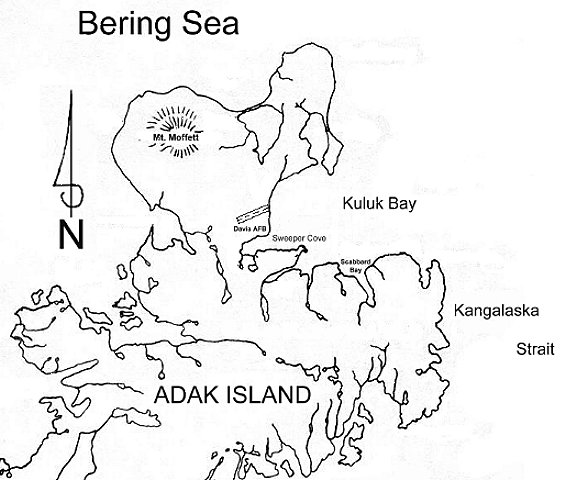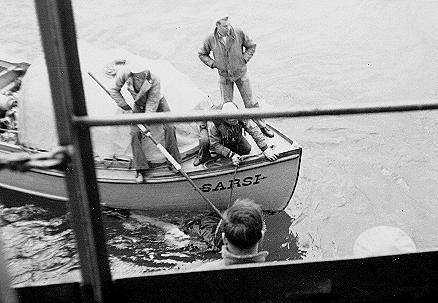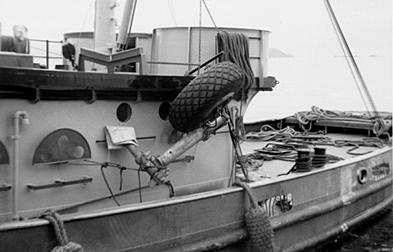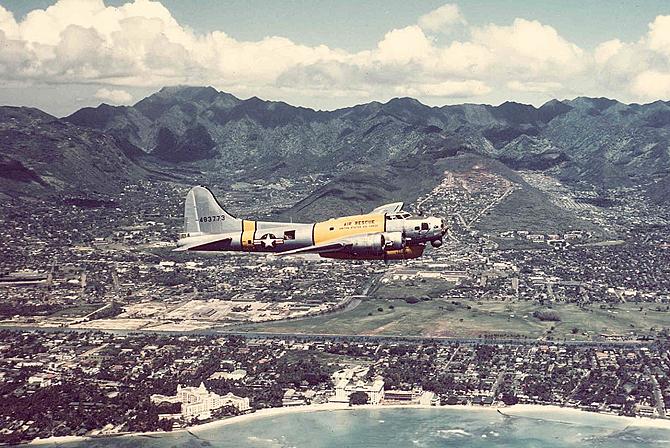
5 July 1950
ASR recovered body of LTjg Richard J. Stanwood USN (officers and crew of 10th Air Sea Rescue plane crashed 4 July 1950, Kulak Bay, Adak, Alaska)
----------------------------
STANWOOD - In Adak, Alaska, July 4, 1950, Dr. Richard James Stanwood, U.S. Navy, son of Mr. and Mrs. B.G. STANWOOD of Mountain View, brother of Robert F. STANWOOD of Newark, Ohio, Mrs. Mary POWELL of Mountain View. A native of California, aged 26 years.
Friends are invited to attend the services today Fri. at 2 p.m. at the Spangler Mortuary, Mountain View. Interment, Alta Mesa Cemetery.
SOURCE: San Jose Mercury, Friday, July 21, 1950, page 5
San Jose, California
From: ancestry.com
----------------------------



